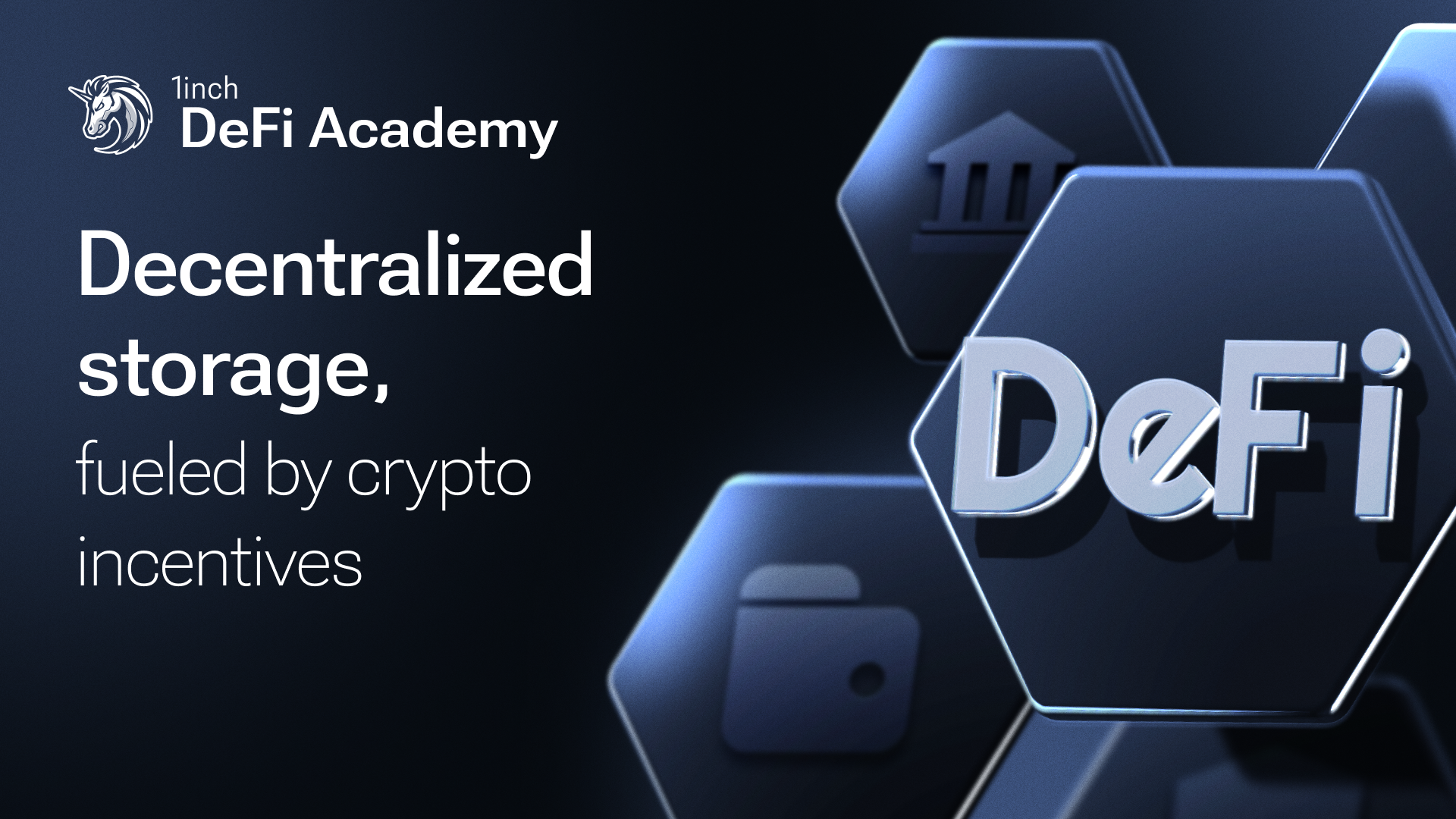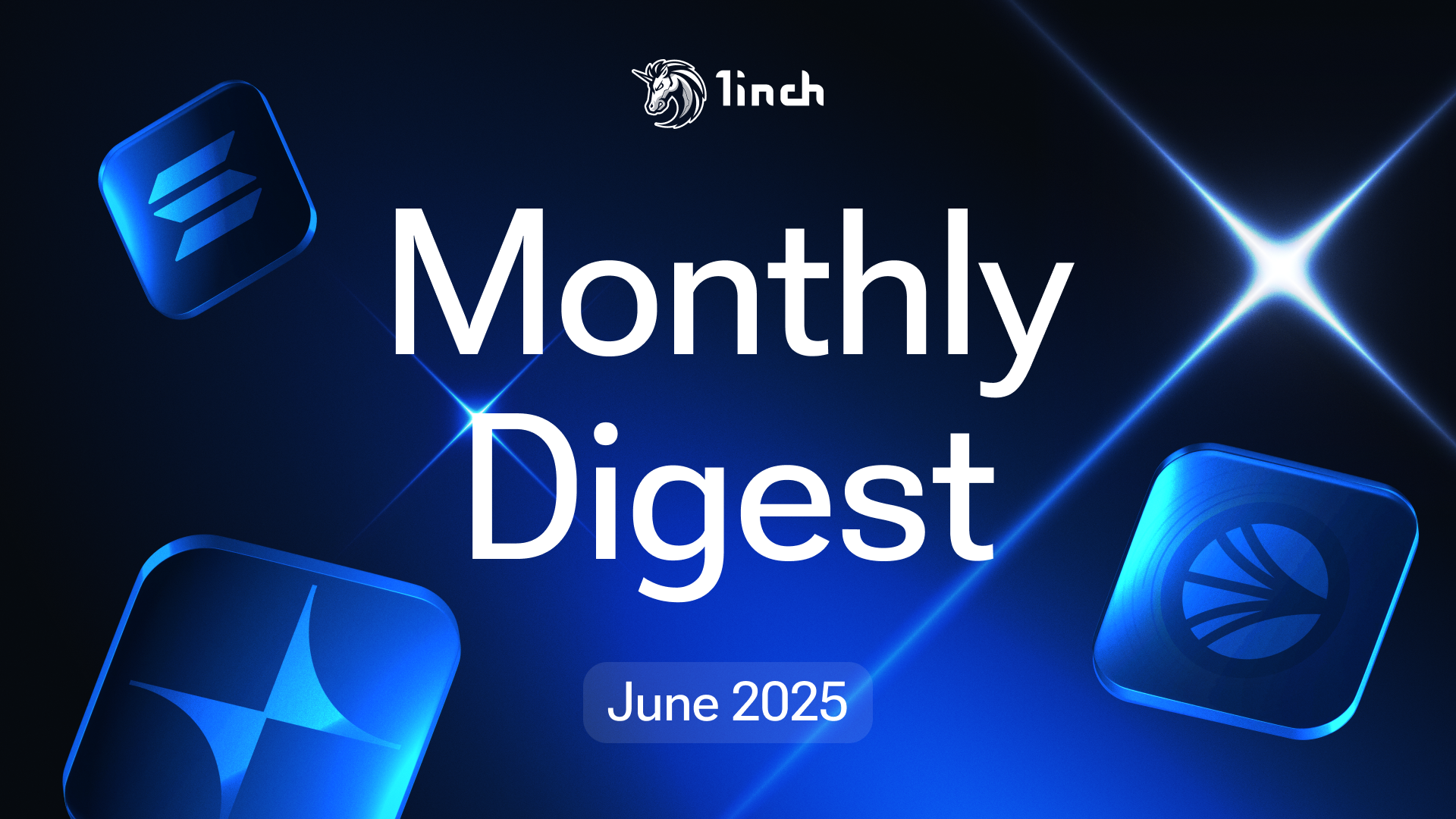Everything you wanted to know about Chi Gastoken

Disclaimer: Chi gastoken is not an investment
It has been almost two months since 1inch launched its own gastoken — Chi. The innovative project placed first at DeFi’s “Hack Money” event in May and then quickly became available to users.
Since then, we have been closely watching the performance of this token. Many 1inch users, especially those who trade on a daily basis and arbitrageurs, have shown interest in using Chi to cut gas costs for their transactions. We are also proud that other projects have started using Chi, e.g. Curve.
As gas prices rise, the demand for technical solutions soar. It has been inspiring to see how 1inch users grasp the Chi concept, utilize the token and even suggest some witty ideas on how to improve it.
This article will address the most popular questions about Chi and prevent misunderstandings and misuse of the gastoken.
You can find the original blog-post about Chi gastoken here.
Transaction costs on the Ethereum network
To transfer value on the Ethereum network you need to pay gas (GWEI):
- 10 GWEI
- 0.00000001 ETH
- 100 GWEI
- 0.00000010 ETH
- 1,000 GWEI
- 0.00000100 ETH
Basically, gas is similar to fees banks charge on money transfers. Unfortunately, it’s nearly impossible to predict the exact size of the gas fee: it can rise in a few hours and then drop just as quickly.
You can monitor the Ethereum network’s gas fee on a daily basis here.
GasToken
To hedge against gas fee volatility, GasToken was created. Basically, it’s a technology allowing you to tokenize gas. GasToken is a more liquid form of gas because it can be bought and stored at times when gas is cheap and released (spent/burnt) when gas is expensive (currently it’s up to 80 GWEI).
GasToken takes advantage of the “storage refund” on the Ethereum network. Smart contracts are designed to store data forever. Ethereum pays for freeing up the data saved previously while storing GasTokens. This refund is enough to cover up to a half of the transaction cost. Therefore, while others execute their transactions by paying the full market gas price, those who previously banked GasTokens, burn these tokens back to the smart contract and get a refund that covers up to 50% of their transaction fees.
What is the Chi gastoken?
The Chi Gastoken is an ERC20-standard token that is meant to be used on 1inch exchange to pay transaction costs. The idea is similar to the GasToken token concept but it has some improvements. Chi is pegged to the Ethereum network’s gas price. When the gas price is low, the Chi price is also low, and the opposite. Just like GasToken, Chi is tokenized gas on the Ethereum network. The only difference is that Chi is used on 1inch and Curve, while GasToken is used across the entire Ethereum network.
Chi Gastoken price/ supply/ trading volume:
- https://www.coingecko.com/en/coins/chi-gastoken
- https://etherscan.io/token/0x0000000000004946c0e9f43f4dee607b0ef1fa1c
Chi vs. GasToken
Buying (minting) Chi saves you 1% in comparison with minting GasToken (GST2). The selling (burning) of Chi saves you 10%, compared with GST2. In all other respects, Chi and GST2 are similar.
How much…
… does Chi save me?
To get discount on a transaction, the gas fee at the time of burning has to be twice as much as what it was at the time of minting. E.g., you mint Chi at 20 gwei and use/burn Chi when the gas price is >40 gwei.
… does Chi minting cost?
It depends upon Ethereum gas price . E.g.: to mint 140CHI with 20GWEI of gas will cost you ~ 0.1ETH. Increase of gas price would increase the mining cost
… Chi is enough to mint?
It depends upon the number of transactions you need to perform and upon the gas price. Currently, it is ~0.020–0.040ETH.
… is the max Chi supply?
Infinite. It is a utility token that is not owned by anyone. Its supply cannot be controlled or limited in any way.
… Chi is required for a transaction?
It depends upon how much gas a specific transaction requires. An average transaction would cost you up to 20 CHI
How to get the Chi gastoken?
You can mint Chi directly on Etherscan.
You can mint Chi on 1inch exchange:
- go to 1inch
- select the ETH(WETH)/CHI token pair and the amount in the dropdown window
- deactivate all the DEXes apart from CHI Minter (100%)
- confirm the transaction from your Web3 Wallet
- do the swap.
Note: the maximum minting amount is 140CHI, which equals to half of a block. An attempt to mint a larger amount would increase the execution time. Always use the FAST gas price.
You can swap coins for Chi on 1inch through Uniswap liquidity pool (e.g. ETH/CHI):
- go to 1inch
- select the ETH(WETH)/CHI token pair and the amount in the dropdown window
- deactivate CHI Minter, make sure Uniswap (100%) is on (deactivating of other DEXes is optional)
- confirm the transaction from your Web3 Wallet
- do the swap.
Where/how to use CHI?
To pay transaction fees on 1inch:
- get Chi in your wallet (see above);
- activate the CHI Gastoken button on the 1inch interface. Any time you use 1inch service, the Chi gastokens will be automatically burnt from your wallet.
The estimated cost of your transaction will be up to 50% less that your wallet displays.
To trade Chi gastoken:
- buy (mint) Chi when the gas price on Ethereum is relatively low;
- sell Chi when the gas price on the Ethereum network increases;
- set up a LIMIT ORDER on 1inch.
Due to a need for constant supply of Chi gastokens, 1inch team buys Chi quite frequently, which in turn
guarantees that your order will get executed in any case.
Provide liquidity for the Chi gastoken pool on 1inch:
- go to EARN on 1inch
- select Chi gastoken in the TOKEN FILTER field
- check out the available, most profitable pools and token pairs (e.g. CHI/ETH(WETH), CHI/DZAR, CHI/USDC)
- select one of the pools using the plus sign next to the pool name or create your own on Uniswap V2 or Balancer (using the sign in the upper left corner);
- select the amount you want to contribute;
- confirm the transaction from your Web3 wallet.
- hit the PROVIDE LIQUIDITY button.
Investment and price speculations
As stated above, Chi gastoken is not intended for investment. It is a functional token whose price is strictly determined by the Ethereum network gas price. There is no correlation between the number of Chi gastokens minted (total supply) and its price, as Chi minting is available to anyone at any time. This token was designed to be destructed for the refund.
However, after its launch, Chi will begin to trade on secondary markets where its price is defined by demand. Free trade and speculation creates a situation where there are two Chi prices — one is in CHI Minter and another one on platforms like 1inch and Uniswap. Often, these two prices diverge, which causes confusion. As stated in the original blog post, in the CHI Minter, the Chi price closely follows the gas price on Ethereum. But on the market, the price is often defined by demand, which can lead to speculation. We encourage you to be cautious about pump-and-dump schemes around Chi. Stay safe!




























